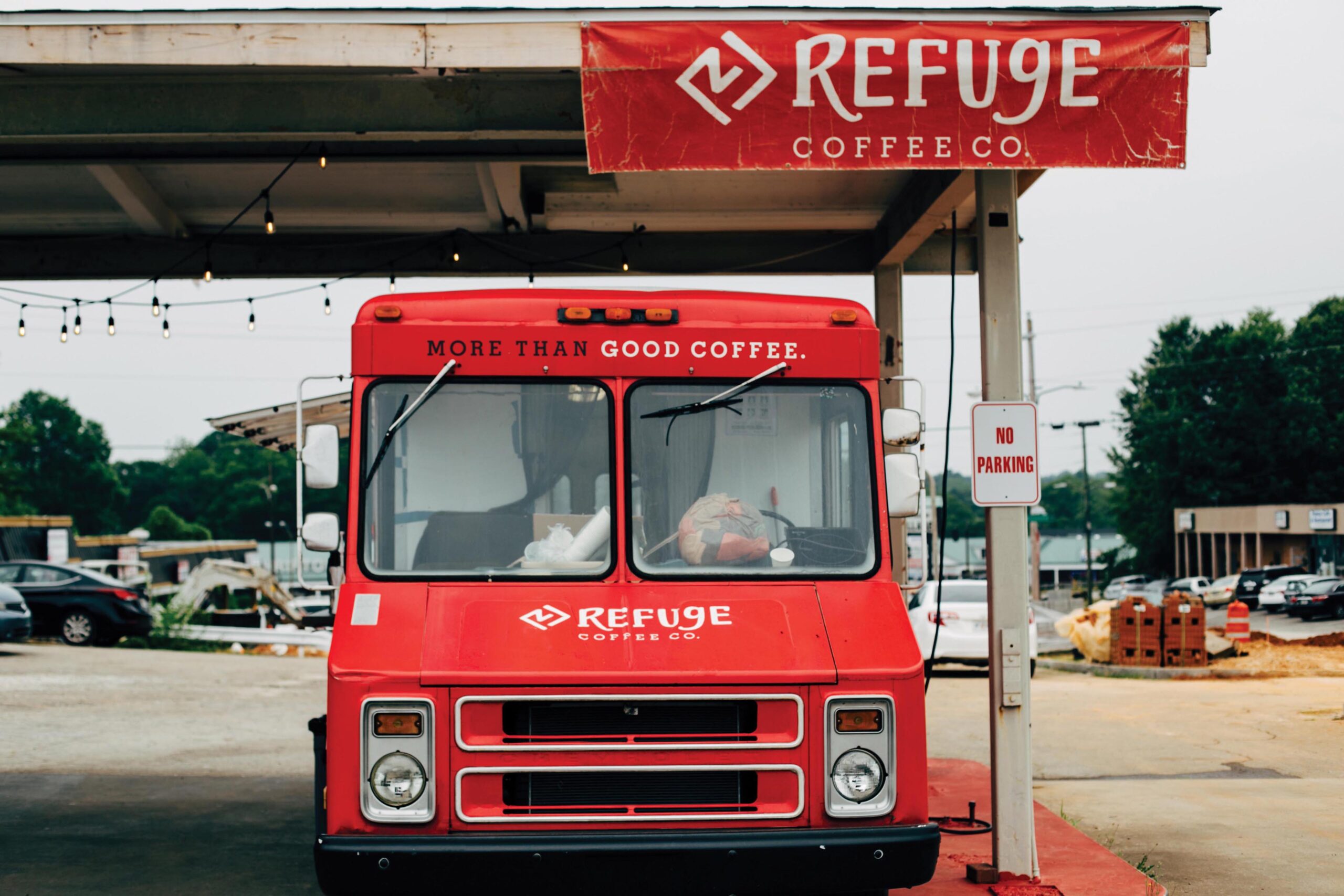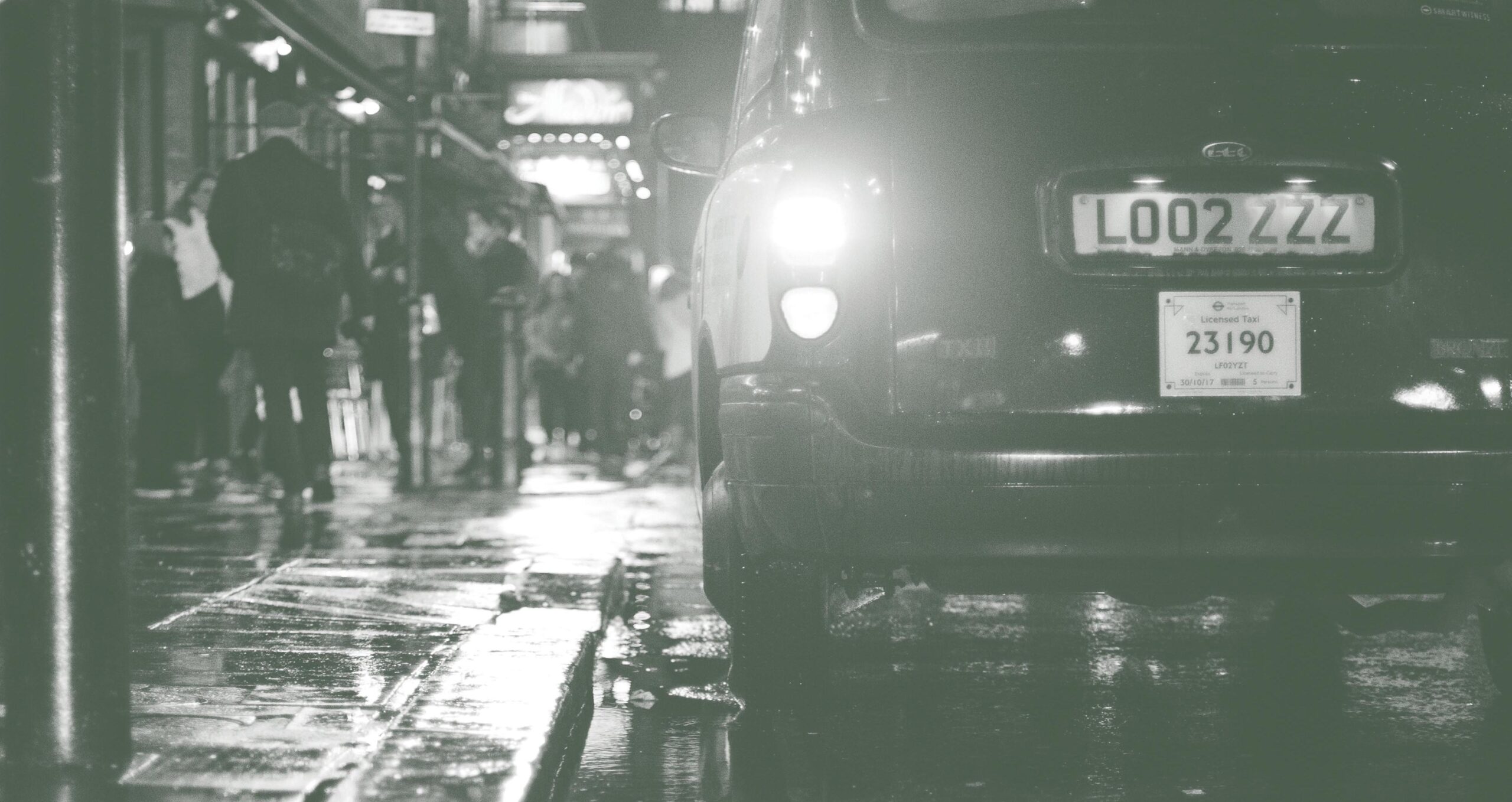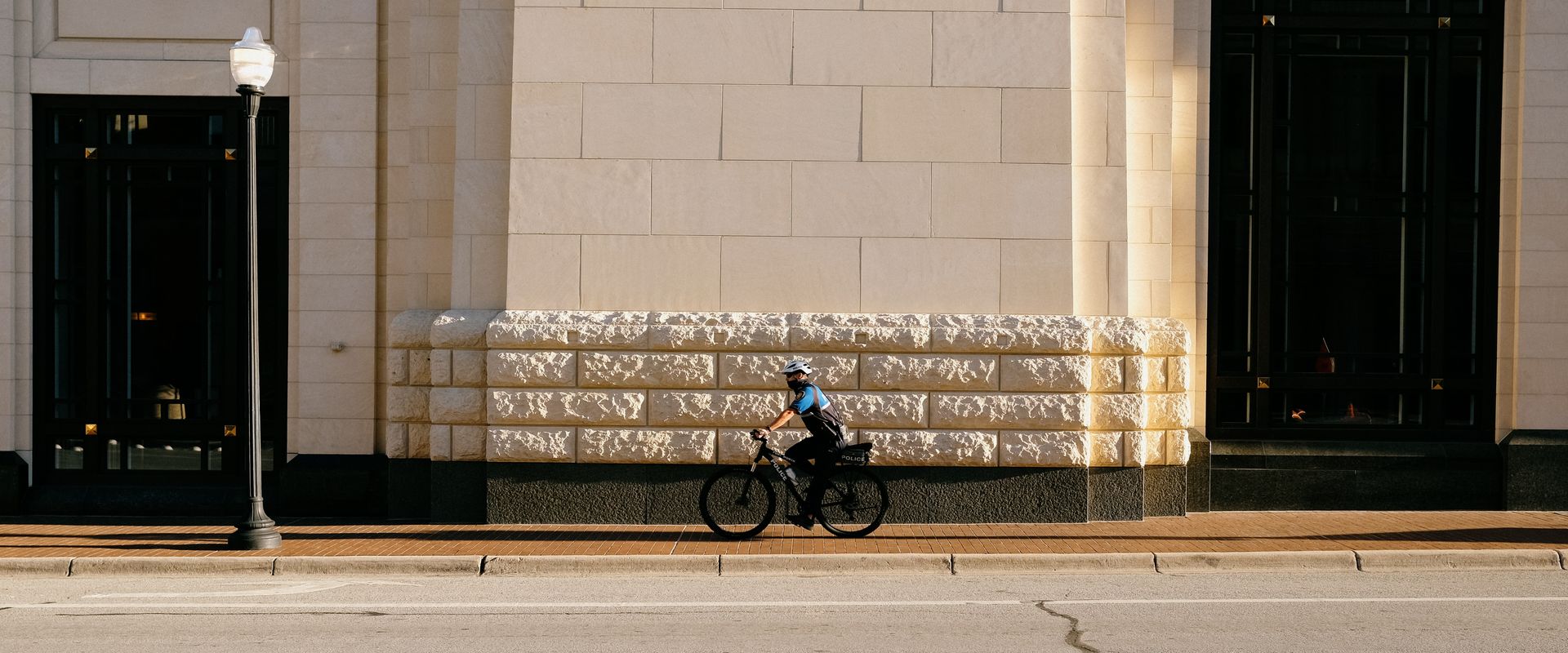Churches, as both institutions and groups of people, occupy a unique role in any community. That role depends heavily on the needs of the community. A church has the opportunity to identify gaps in a community’s ability to flourish and to adapt its ministry to the needs of its members and neighbors — one of those gaps often being access to health care.
Care for the temporarily and terminally sick has long been a particular focus of service for Christians. According to the Christian History Institute, the church had infrastructure in place to care for the sick as far back as the second century, which proved helpful when plagues spread throughout the Roman Empire in the following years. By the fourth century, churches built public welfare centers for the sick and the poor, setting the foundation for modern hospitals.
These Christian institutions began as primarily palliative care and grew as they continued to take seriously and practically the commands to love their neighbors as themselves (Mark 12:31), care for the least of these (Matt 25:31-40), and open one’s hands to the poor (Deut 15:7-11). The people of God left an impact on their communities, bringing many to Christ in the process.
Despite this history, over time, the Western church seems to have outsourced much of its humanitarian work to other institutions. Though many major health-care systems in the United States have religious affiliation, one might get the general sense that many local churches have separated themselves from this sphere of service, leaving conversations around health care to the realm of politics.
In McKinney, Texas, a little more than 30 miles north of Dallas, a small community of believers has spent the last five years trying to change that in their city. A few pastors, a physician, and an immigration lawyer came together to start Hope Clinic, a free and charitable primary care for their medically underserved neighbors.
Discovering the Needs of a City
McKinney hardly seems like the kind of place in need of a health clinic. To many, it seems not to have any needs at all. Half-a-million-dollar homes surround the historic downtown district. Farm-to-table restaurants average triple-digit tabs, and boutique stores sell high-end apparel or home decor. Young professionals and families flock to the city, contributing to its massive growth over the decade. It’s the kind of city where you see people in big, fashionable hats walking tiny dogs. Everyone looks beautiful on the square.
This image, however, is not a complete picture of the city. Travel east from downtown and you’ll discover areas that most of the population neglects. Census data from 2019 shows that over seven percent of the 200,000-plus residents live below the poverty line. Ten percent have no health insurance. A small number live in small tent communities in wooded areas behind the same grocery stores that more affluent citizens frequent.
Just over 10 years ago, three young pastors — Kyle Redel, Sam DeFord, and Aaron Snell — moved to the area to plant the Parks Church. Redel recalls that the leadership “endeavored to form a community of faith that was very serious about embedding and implanting in a city.”
This kind of community knowledge was central to the Parks’ church-planting efforts. They took seriously the question posed by many pastors and church leaders in recent years: If your church closed its doors, would anyone in the community care?
Convicted by this idea, the pastors began to search out opportunities to find the felt, but unperceived, needs in the area. “In McKinney, it’s hyper-affluent,” Redel, who also serves as the president of Hope Clinic’s board, says. “Collin County is one of the most affluent counties in Texas. The perceived needs are very low, but we were compelled to do the work of discovering what those needs were.”
What stood out at the beginning was food insecurity and a lack of housing. The church formed relationships with people in these situations over time, finding small ways to help. But when DeFord met a man named Gary, he began to see a more prominent need.
Gary lived on the streets of McKinney near DeFord’s home downtown. Attempts to secure Gary housing never panned out because, as he put it, he preferred the outdoors. Periodically, DeFord would check on him, and on one particularly cold night, he found Gary passed out, covered in snow, clearly in need of a doctor.
DeFord took him to the emergency room, and they transferred him to a local hospital to get an emergency procedure, but the facility offered no follow-up services. There was no solution for Gary’s long-term care, no path for ongoing support. That experience, DeFord says, “made us keenly aware of a pretty big gap and a good amount of people who are not just homeless, but under the poverty line and without access to health care.”
Redel connects this gap to the limited resources inside the community itself. “There’s a massive lack in Collin County’s health care sphere,” he explains. “We have more than enough hospitals. We don’t have county hospitals like Dallas County or Tarrant County have.” These county health systems, typically within areas where the perceived need is much higher, serve people like Gary who can’t pay for ongoing care. Without an option like that in Collin County, people are left without access to the help they need.
Community and Faithful Ignorance
The hiddenness of McKinney’s impoverished areas made it hard to build a case for a free health clinic. Even local physician Steve Twyman, who is also the founding medical director and a current board member, did not understand the need at first. Twyman was doing his residency at a large hospital in Fort Worth, a city about an hour from McKinney, where the community’s needs were much more apparent. Looking back, he admits that his own understanding of the city was limited to a certain perspective of people within the Parks Church and the downtown aesthetic. “I think it’s illustrative of how we can get locked into our own spheres of influence and our own fields and lose sight of the bigger picture of things,” he says. Once he saw the uninsured, forgotten patients, he too became an advocate for starting the clinic.





